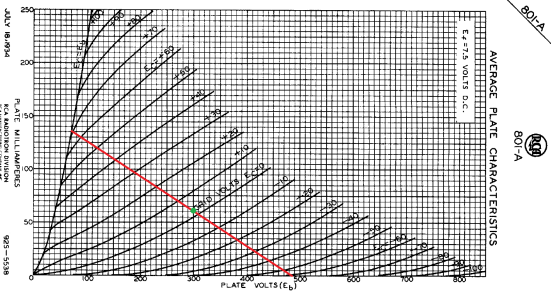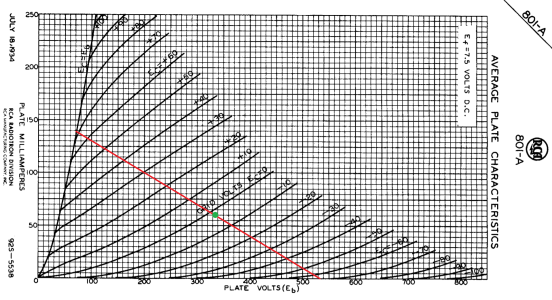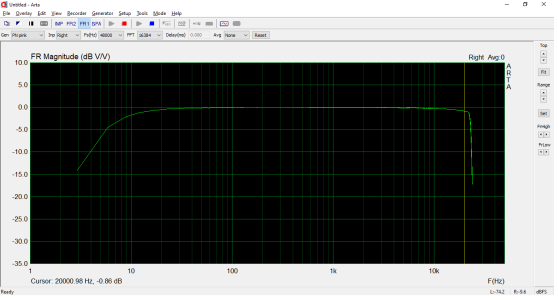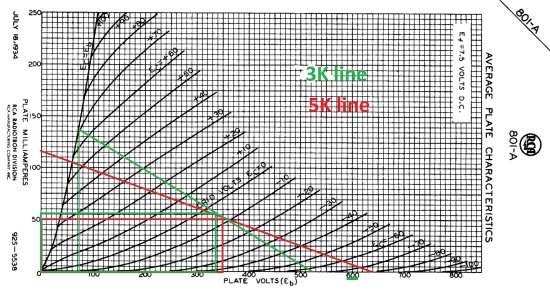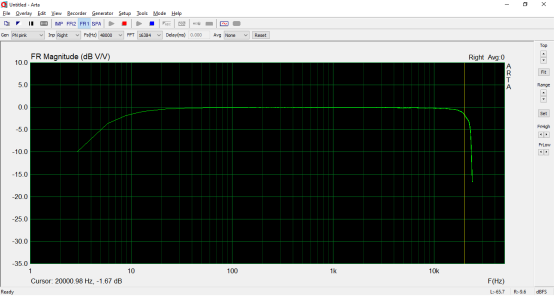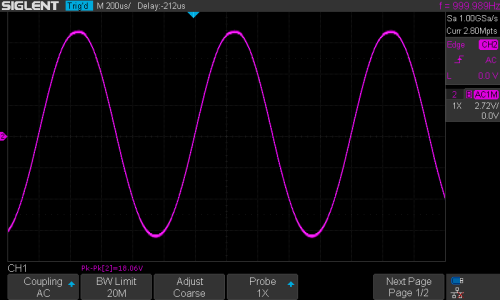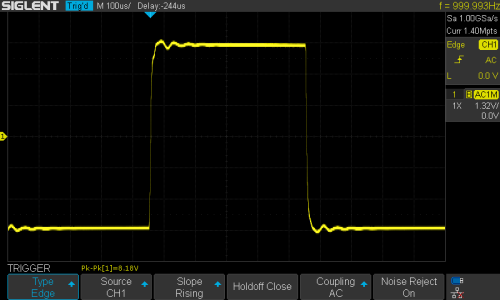L0rdGwyn
New member
Thanks, I'll give the OPT changeout some thought, I have an order pending with Sowter right now actually...it might not mean much considering I am only three scratch builds into this thing, but this might be the best amplifier I have ever heard...no kidding, it's that good. So perhaps it is worth squeezing out some more performance with a wider bandwidth OPT, assuming the LL9202 are not a large part of why it sounds so great. I'll sleep on it! For a week.
I think the most I have ever heard of someone getting out of an A2 801A is 8W, you didn't mean to imply you could get 10W out, did you PB?
I think the most I have ever heard of someone getting out of an A2 801A is 8W, you didn't mean to imply you could get 10W out, did you PB?

